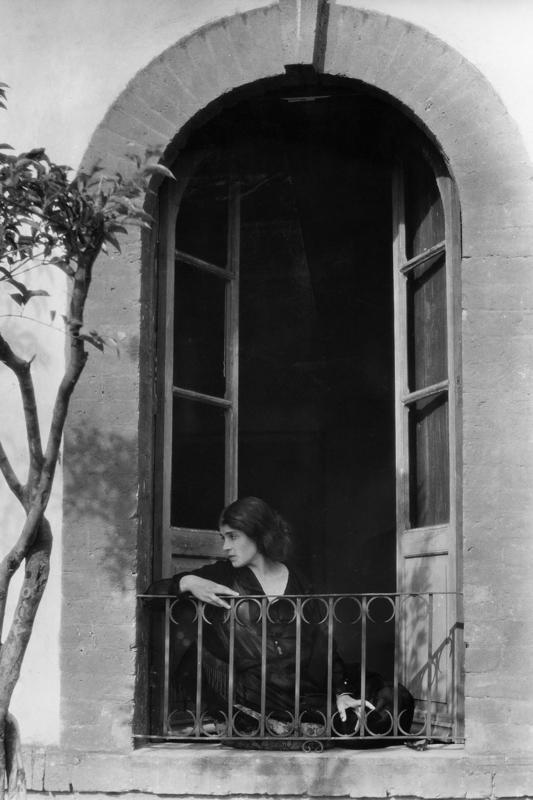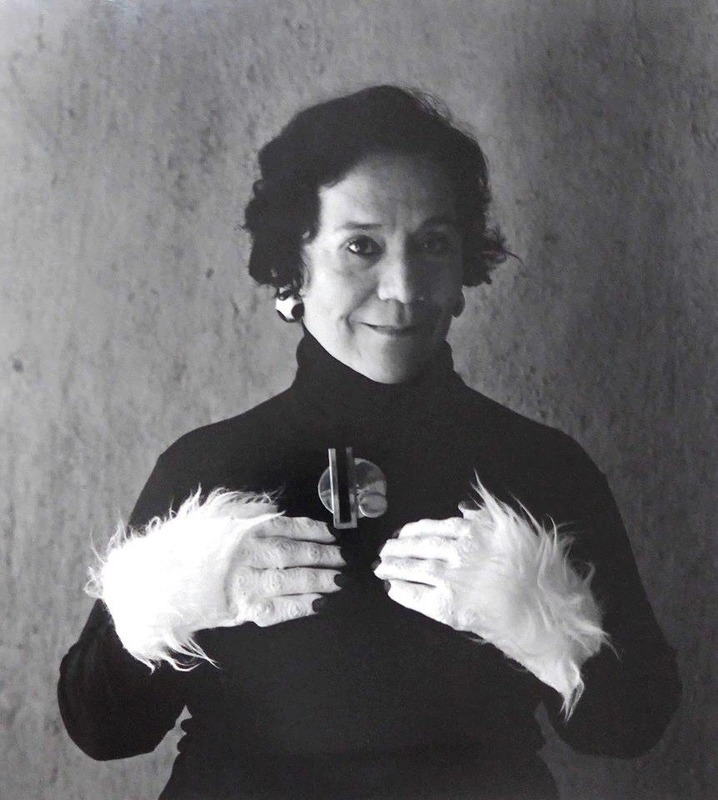Tina Modotti and Flor Garduño
Tina Modotti (1896-1942) was an Italian immigrant who led multiple lives as an actress, model, communist, and photographer. She worked alongside her mentor and lover, Edward Weston who together they photographed people, landscapes, and folk arts in Mexico. During her time, she drew media from her progressive and modernist photography. Her photography showed women both as idealized beings, but also as powerful and self-fulfilled women. Modotti was a very modern and provocative artist for her time, many of her photographs were created in the early post-revolutionary Mexico era, a time that many artists began to adopt the indigenous past to symbolize the new “Mexicaness” which created to identify and construct Mexico’s modern visual culture through photography, cinema, and picture histories (Mraz, 2009).
Flor Garduño was born in Mexico City in 1957, she studied visual arts at the Academy of San Carlos. She was significantly impacted by Kati Horna who is a Hungarian photographer, this helped Garduño’s development as a photographer. She later gave up her studies to work as a darkroom assistant to Manuel Alvarez Bravo who is one of Mexico’s prestigious photographers, this helped her perfect her photographic skills by processing prints in silver, platinum, and palladium. During her career she was commissioned to illustrate school textbooks, this project led to her visiting remote regions of Mexico as she documented the activities and costumes of the Indians, thus enabling her to understand forgotten cultures (Bados-Ciria, 1997).
Through these two artists: Tina Modotti and Flor Garduño, Mexico became one of the most photographed countries in the world. When we think of the Mexican visual culture today, we probably picture sugar skulls, women in big Folklorico dresses, men wearing sombreros, the Aztec empire, and Frida Kahlo portraits (Mraz, 2009). But the majority of modern visual Mexican culture that was created was due to the aftermath of the Mexican Revolution (1910-1920). A new attitude was formed, as the goal was to create the Indigenismo Movement: “a socially conscious ideology that sought to reintegrate contemporary indigenous populations into the Mexican nation by elevation their grand pre-Colombian heritage.” Or in simple terms, “their goal was not to Indianize Mexico but to Mexicanize the Indian” (Wolff, 2016, 87). Mexican elites believed that society comprehending and understanding of indigenous Mexican folkways would make way for a more unified nation.
Tina Modotti and Flor Garduño influenced the way women and Mexico were portrayed in visual culture, while still maintaining tradition as well as being women in a “masculinized” dominated field in photography. The photographic images Modotti and Garduño created had me questioning, was the Mexican Revolution also a Revolution for women? (Zavala, 2010)

